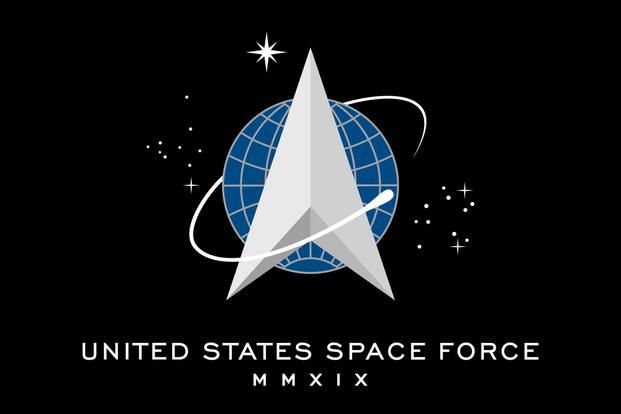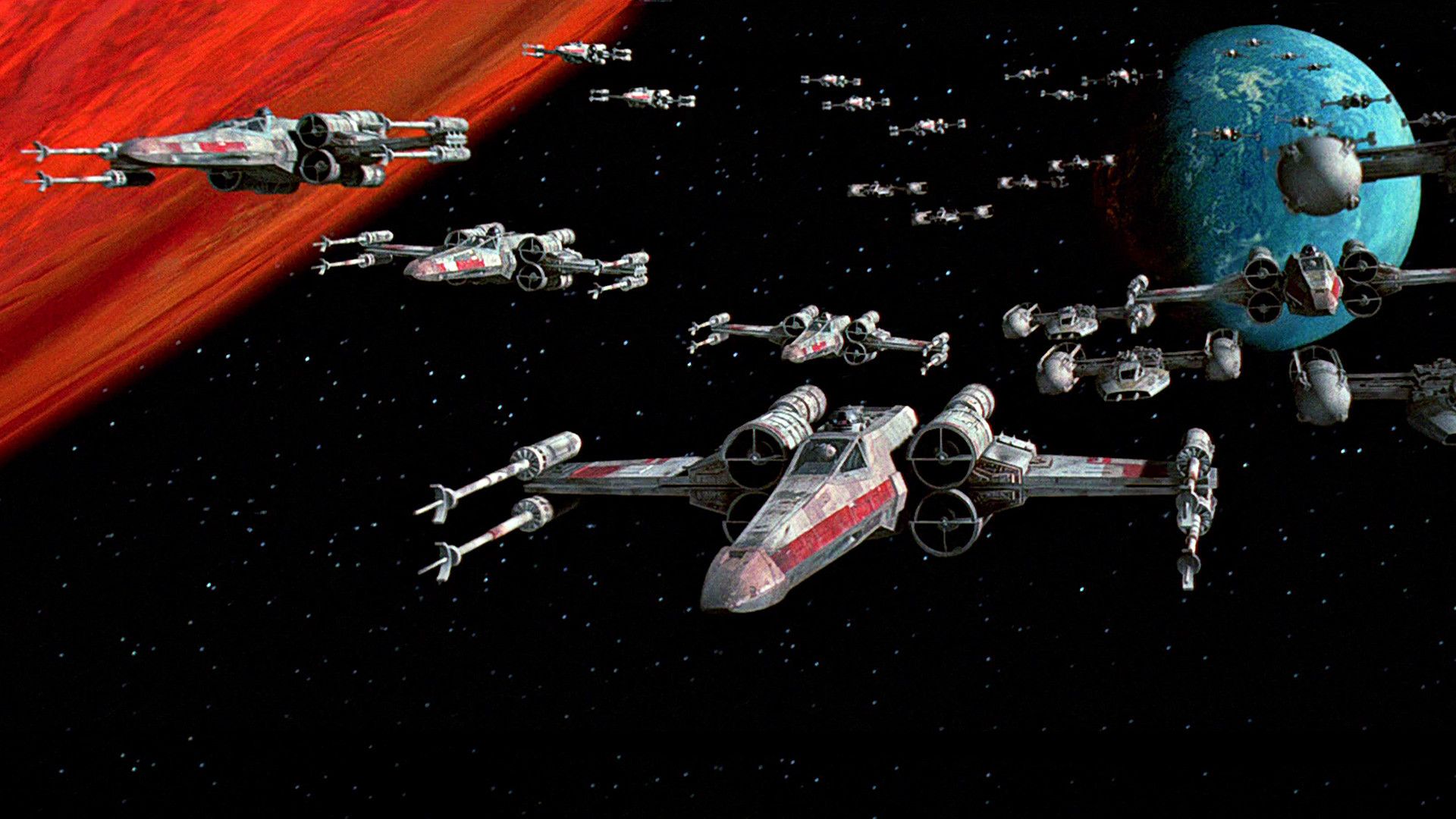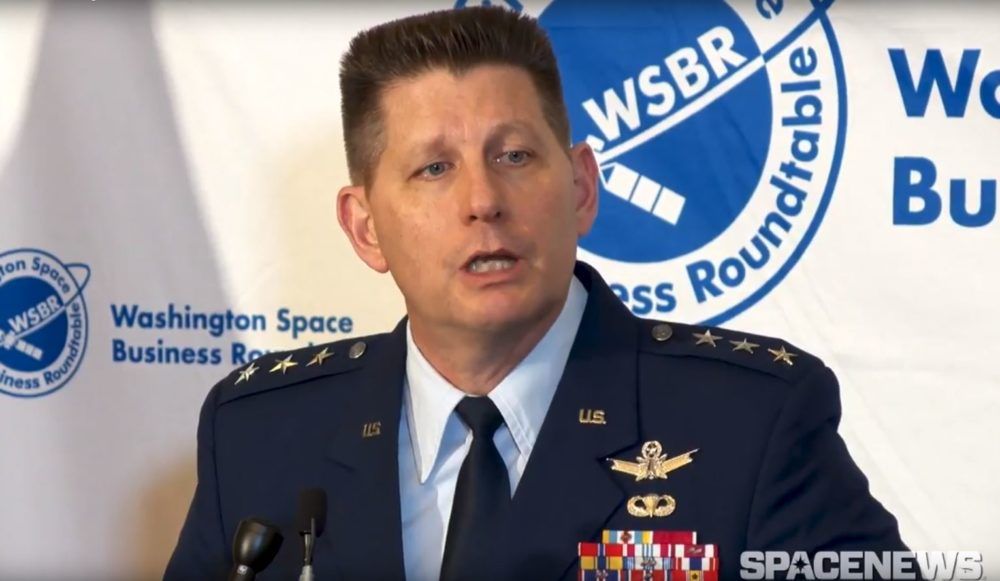Article by Leigh Giangreco February 25, 2020 (gen.medium.com)
• Last year, President Trump created the new branch of the Air Force: the Space Force. Trump declared, “American superiority in space is absolutely vital and we’re leading, but we’re not leading by enough.” So we asked second-in-command Lt. General David Thompson (pictured above) what the hell will Space Force do?
• What is the Space Force actually going to do? Three examples of what Space Force does and has been doing as part of the Air Force for years are: 1) keeping track of the more than 26,000 orbiting objects in space including operational satellites, expired satellites, and space debris; 2) tracking missile launches and providing warning to Americans and our allies, as we did several weeks ago when the Iranians launched a missile attack at the al-Asad base which resulted in no casualties; and 3) supporting GPS navigation for everything from smart phones to ships at sea.
• What do you do as Space Force’s second-in-command? I assist General Raymond, our commander and chief of space operations, in making sure that all forces are trained and equipped to conduct satellite tracking operations and ground sensors across 134 locations worldwide. We operate with a $12 billion annual budget and 26,000 personnel.
• Are you coordinating with NASA as well? Cape Canaveral is an Air Force/Space Force station that launches military, commercial, and NASA rockets. NASA has its own space center next door that launches the moon missions. But every interplanetary probe that NASA has launched, except one, flew on an Air Force or Space Force rocket.
• Will you be working with Elon Musk and Jeff Bezos on the commercial side? We already work pretty closely with Elon Musk (SpaceX) and Jeff Bezos [Blue Origin aerospace], as well as a lot of the large [satellite] constellations that are in development to see their capability and technologies.
• What would a typical deployment look like? What are the major threats? Why is Space Force relevant when it seems like the U.S. military is constantly being pulled into counterinsurgency operations in the Middle East? Any of our joint forces needs navigation, position, and timing services provided by GPS. Our satellites support that need. But one of the biggest reasons for the creation of the Space Force is to protect us from potential adversaries like Russia and China who are flexing their muscles, and have made it clear they intend to remove our ability to utilize space if it comes to conflict.
• It seems a lot of people think Space Force was created to go up against Russia and China in some sort of intergalactic battle. How much truth is there in that? Half of that is correct. Space Force will monitor threats from Russia or China in space. But if it doesn’t matter to soldiers on the ground, sailors at sea, and airmen in the air, then it doesn’t matter to us. We will remain focused on our commanders in the field (on earth). We’re not battling for control of the moon or Mars.
• When did the idea of Space Force first come into being? Does this trace back to the Gulf War? The space age dawned in the 1950s and has grown up over the decades. In the early years it was used for strategic intelligence gathering and some other things. But by the time of the first Gulf War in 1990 and then Desert Storm in 1991, our space systems began to be able to provide tactical capabilities to troops on the ground. After 9/11, this need continued to increase, related to Afghanistan, Iraq, and other places.
• Is it fair to say that Space Force is a Trump initiative? It was actually an initiative of all national leadership. The conversations about the need to address threats in space began in 2014 in the previous administration. The discussion increased in 2017 and 2018. But it was [Trump’s] announcement in June 2018 that really started to form the vision. So yes, President Trump had that vision, and he had a lot of participation from Congress in both political parties.
• Is this ‘on-the-ground’ satellite coordination? Or will Space Force involve astronauts in space? That opportunity to be an astronaut inside the Space Force today is almost zero. The best thing to do if you want to be an astronaut is to talk to NASA. But the rest of the world is going in the direction of the Space Force, with remotely piloted aircraft, drones, artificial intelligence, and vehicles that operate by remote control or autonomous control.
• Several other reporters have asked about the uniforms and the official song. Do you have any ideas about what the culture of Space Force will look like? Space Force needs its own culture and identity. Soldiers, sailors, airmen, and Marines are all different. I’m in my 35th year in space-related activities. We already have a little bit of a culture and an identity, which will be refreshed with things like uniforms, mottos, and songs. We want to take a little bit of time to do them carefully. We want to ask the young, career enlisted members what they want the uniform to look like. The uniforms that are under design now look like military uniforms.
• Can you give us some clues? No clues, sorry! It will be cool.
• In ‘The Incredibles’ they say “no capes.” Are there any absolute nos for Space Force uniforms? We’re not talking spandex and capes. It needs to be the classic, sharp-looking uniform that reflects who we are as members of the American military.
• Okay, so the Marines have Chesty the bulldog, the Air Force has a falcon — what are you thinking for a mascot? The Marines didn’t have Chesty when they were formed. We’re going to let that develop naturally, so it has some meaning and tradition behind it.
• Do you have a favorite sci-fi movie that inspired you? I’ve always loved Star Trek and I really loved the most recent reboot. I think they’ve captured the essence of those old characters in a new and fresh way. I was always a Star Trek fan, but I didn’t join the Air Force to go into space.
Unless you’ve been living in a galaxy far, far away, you’ve probably heard of the newest branch of the U.S. military: the Space Force. President Trump created the new branch of the Air Force last year, declaring, “American superiority in space is absolutely vital and we’re leading, but we’re not leading by enough.”
The Space Force will be the smallest branch of the U.S. military — the Marine Corps is still more than 10 times its projected size — and will draw its personnel from current Air Force staff. The new branch will also absorb many of the Air Force’s existing responsibilities, including satellite operations and support for missile warning systems. Its first chief, General John Raymond, was sworn in last month.
So does signing up for the Space Force mean preparing to wage intergalactic battle? Not exactly. Instead, the Space Force is keeping its eyes on the stars but its feet on the ground, getting GPS information from satellites that helps the U.S. military operate in the field. We talked to Lt. Gen. David Thompson, the Space Force’s second-in-command, about the satellites his people will coordinate, avoiding space junk, and whether those new uniforms will include capes.
GEN: What is the Space Force actually going to do?
David Thompson: It’s clear that a lot of the American public doesn’t understand what we already created.
Three quick examples of what Space Force has been doing as part of the Air Force for years. A couple weeks back you heard about the satellite colliding over Pittsburgh, PA. U.S. Space Force is the force that keeps track of all of those objects — 26,000-plus objects, some of them pieces of debris, old satellites — where they are, where they’re going, whether they pose a danger to anybody. That’s one of the things that we do today in the Space Force, and have been doing for years.
Second, in the missile attacks at [Ain] al-Asad base several weeks back, you’ll recall the Iranians fired several missiles, but our crew at Buckley Air Force Base outside of Denver, Colorado, detected missiles that launched and provided warning to those Americans and our friends and allies at al-Asad, which put them all in protective shelters. Had that not happened, we might be talking about folks that died in that attack as opposed to injury. That’s Space Force.
And then we don’t just do it for the military, but we do it for the civilian population as well. How many times have you followed the blue dot on your smartphone? Have you paid for gas at the pump or in a convenience store? Have you checked the internet via your cellphone? All of those positioning things, timing synchronization activities, occur through GPS which is a U.S. Space Force [satellite] constellation. We do that not just for the general public but for ships in the ocean, airplanes, forces in the desert. All navigate by GPS. And those are just a couple things that we do today and will continue as part of the Space Force.
READ ENTIRE ARTICLE
FAIR USE NOTICE: This page contains copyrighted material the use of which has not been specifically authorized by the copyright owner. ExoNews.org distributes this material for the purpose of news reporting, educational research, comment and criticism, constituting Fair Use under 17 U.S.C § 107. Please contact the Editor at ExoNews with any copyright issue.

 All the military services are looking at ways to use space to their advantage, Thompson said in an interview with SpaceNews.
All the military services are looking at ways to use space to their advantage, Thompson said in an interview with SpaceNews. and the Space Force supports the U.S. military at large with technologies like GPS navigation, satellite-based communications, surveillance and early warning.
and the Space Force supports the U.S. military at large with technologies like GPS navigation, satellite-based communications, surveillance and early warning.

 Missile warning, GPS navigation, secured communications, and intelligence gathering; all of these share
Missile warning, GPS navigation, secured communications, and intelligence gathering; all of these share

